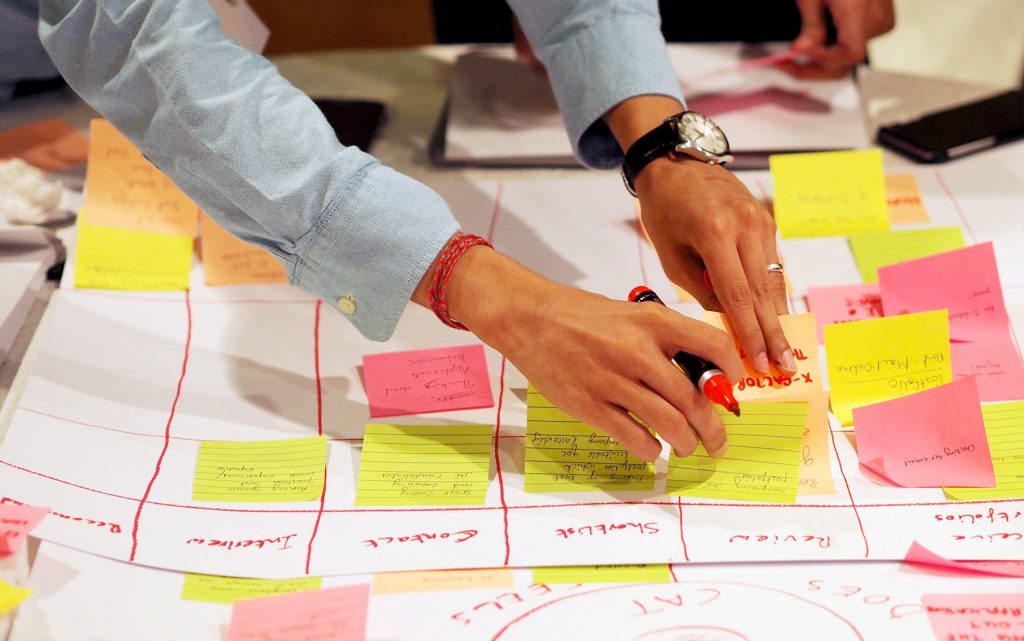Lara Hanlon is designer in residence at IBM. Here she creates a culture of design; collaborating with a global team of makers and disruptors to envision and contribute to design practices, culture, and education at scale.
Were you creative growing up?
As a kid, I was really creative and loved to draw. As I got older, I started to enterprise and make money by designing patterns for my friends in their journals in school. In Transition Year we had to set up a mini company to create something to sell. My role there was the designer and maker of our product, but also the advertising manager. Learning how to commercialise an idea and then sell it was really interesting to me.
Art and science were my favourite subjects in school. There’s a scientific part to being a designer as well as an artistic part: asking questions, looking for a solution, trying to weigh up whether it’s good or bad.
You learn how to look at something, ask questions and come up with your own perspective and point of view.
What was your path through college?
I studied Design and Visual Communications in IADT, The Institute of Art, Design and Technology in Dun Laoghaire.
When I was in college, I thought that what I wanted to do was make album covers, as every graphic designer probably does.
Then when I left college, my first job was working in a typographic design studio, Atelier David Smith. It gave me all the skills I needed for where I am now and I honed in on my craft as being a designer, which is really important.
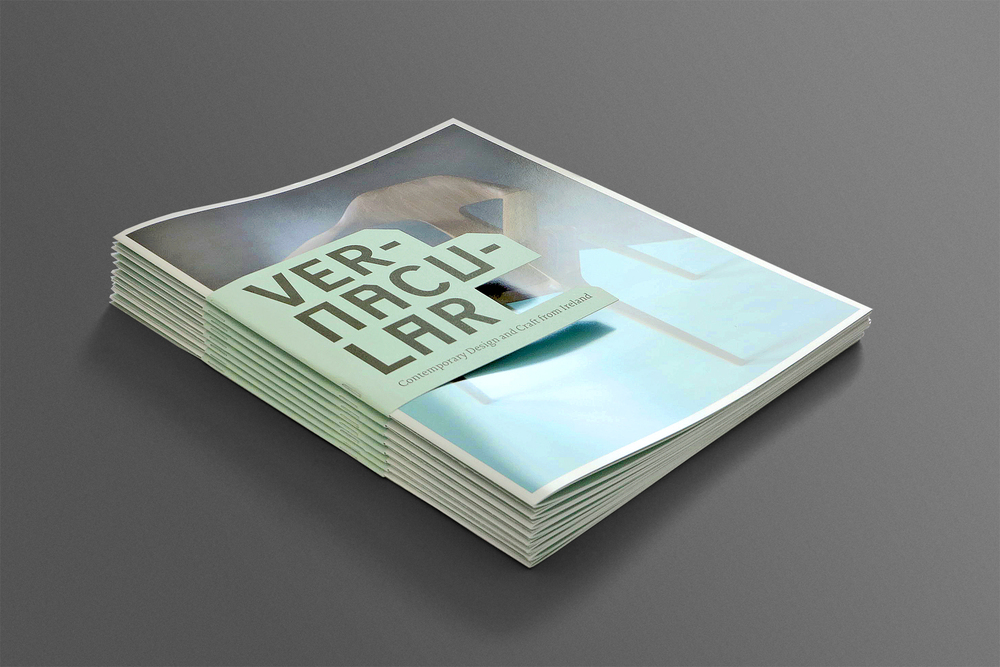
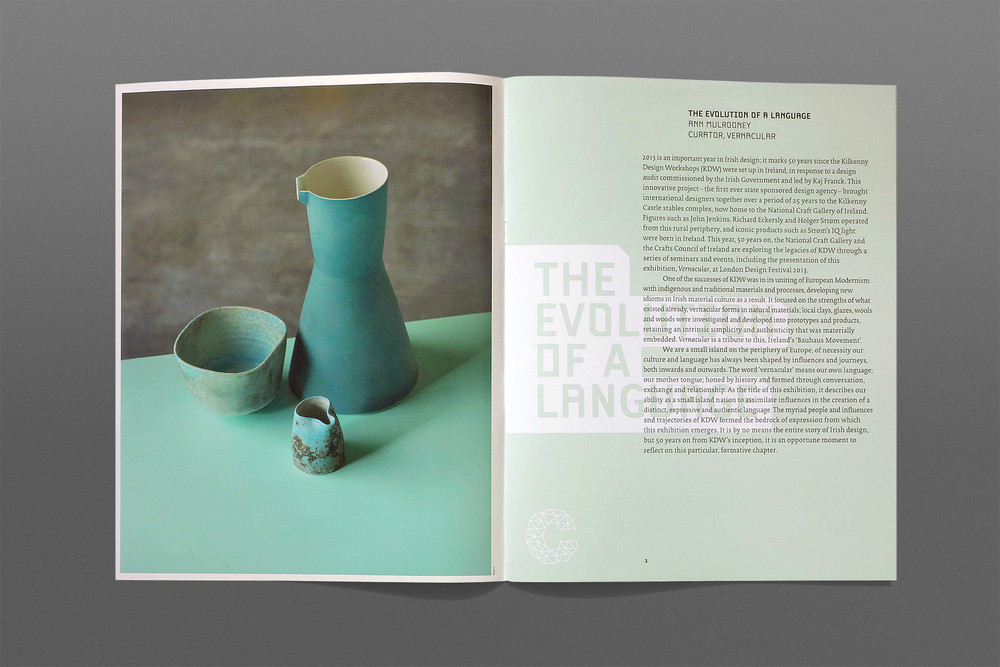
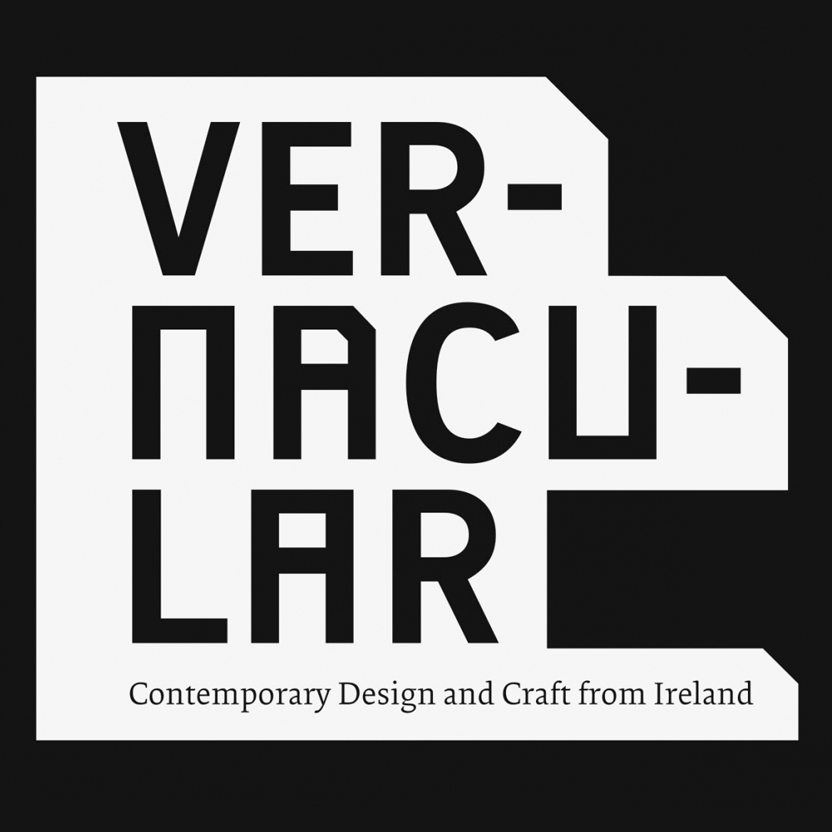
What led you to IBM?
The journey working from a 2-4 person studio to a 380,000 corporation has been really fascinating, but I’ve always been a designer. I’ve had the same skills, I’ve just gotten better at some things.
I was freelancing at the time and my previous lecturer mentioned that IBM was setting up a programme to bring designers into the company and hiring in Dublin. The last thing I wanted to do was go into a corporate environment because I couldn’t understand what role design would play.
Then I looked into it and noticed that they were really investing in young designers coming out of school. IBM has a history of having great designers working and passing through. The likes of Paul Rand, iconic graphic designer who created the face of IBM then Eliot Noyes, Charles and Ray Eames.
It’s amazing that design is being taken seriously at such a global level, in such a huge company. IBM has a history of having great designers work and pass through.
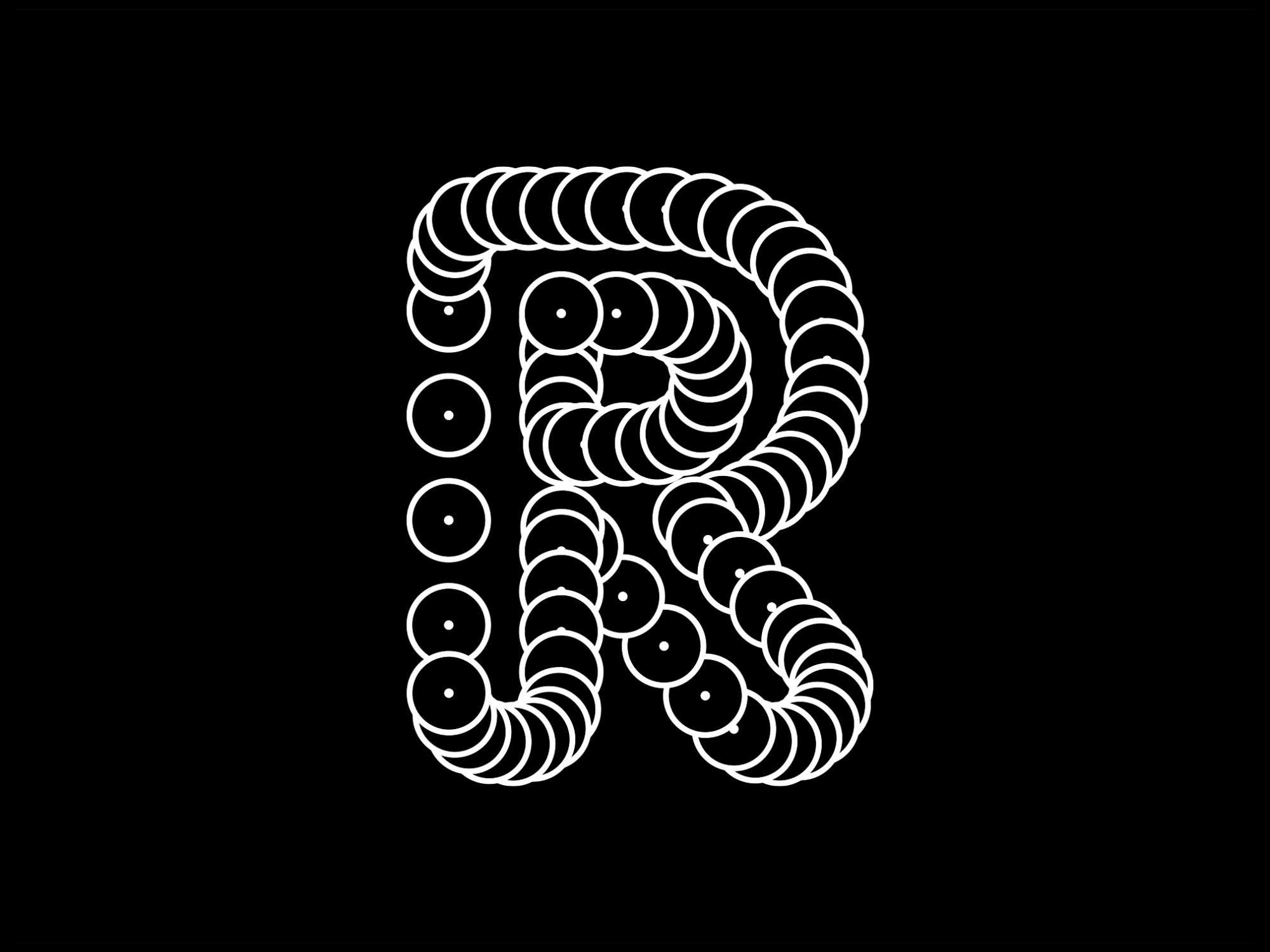
How do you stay creative, in the pure sense, and apply that in a tech environment?
Working in a tech company as a designer has lots of challenges. Design is part of the bigger whole, so you’re not a designer working with other designers in a design environment; you’re a designer working with other designers while you’re also working with developers, architects, business analysts, sellers, marketers and so on.
The same way of thinking and solving problems as a designer, if you’re working on a brochure, a physical product, is the exact same skillset that you use in a tech environment or a business environment. It’s just the output that changes.
I moved into education and design thinking and running a lot of workshops and bringing people together to work together and to come up with new ideas together. Your skills are completely valid and very useful across loads of different domains and industries. It just takes a bit of time.
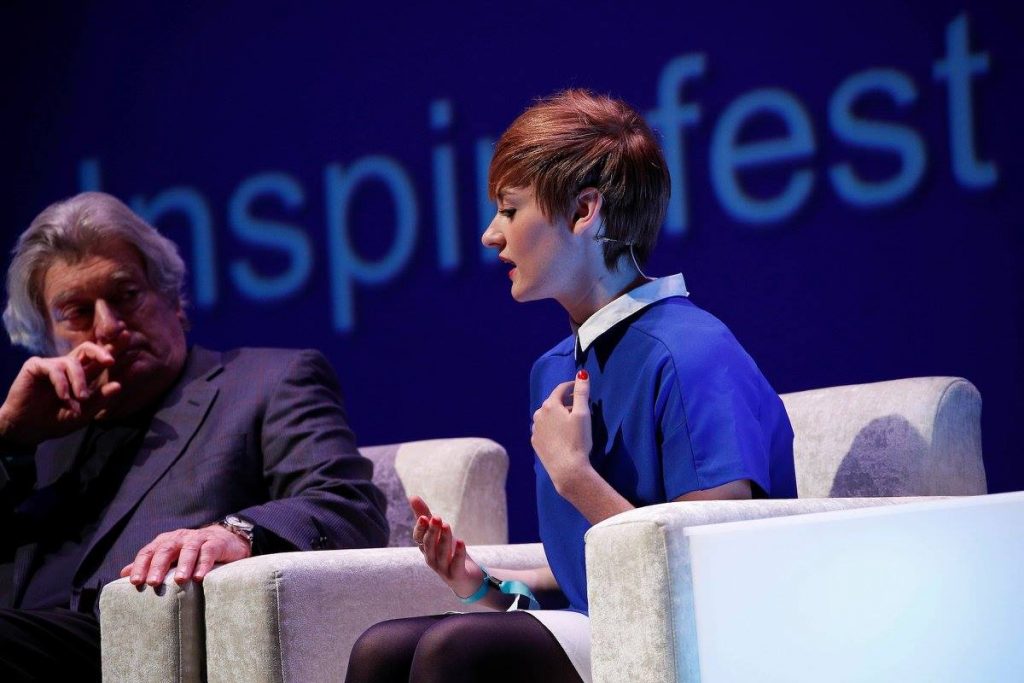
What’s it like being female, in tech, which is a predominantly male environment?
Being a female designer in the tech world definitely has its challenges, just like it does in any other industry. I think the design industry and the tech industry are highly male-dominated, but I don’t walk into work everyday thinking ‘I’m female and I’m a designer’. I don’t really think about being a minority when I’m in that position.
I’ve come up against lots of challenges and circumstances that have been unfortunate and they’ve made me ask questions. You have to acknowledge that these are problems we need to solve. It’s really important to push for diversity and equality, but I think by making that the core focus, it can be really detrimental to productivity. If you can prove that you can do the job and that you care about your work and you care about your coworkers, then it’s just about being part of the team.
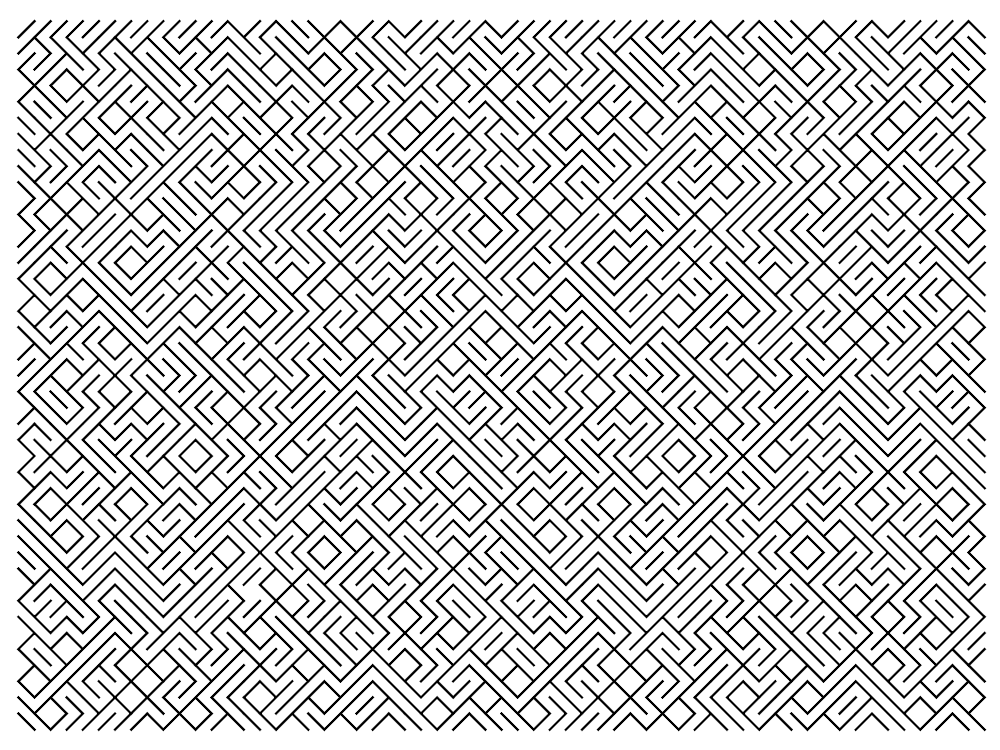
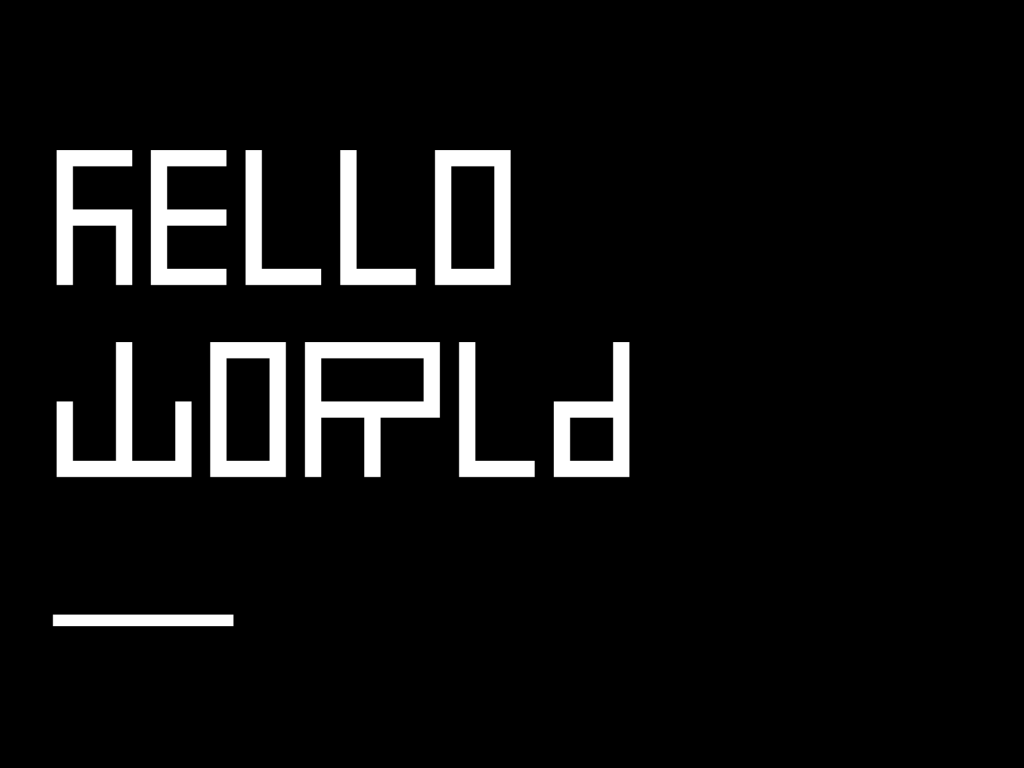
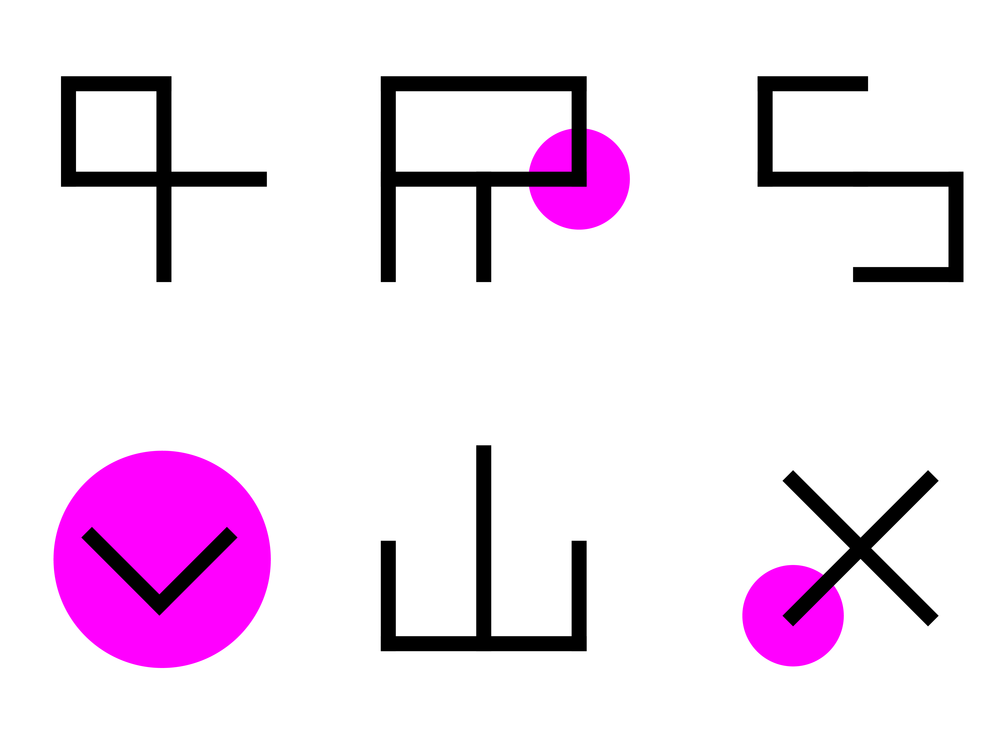
How is your work-life balance?
One benefit of working in a tech company, or a large corporation is the work-life balance. When you work in a large team, there’s more of a chance that you can divide and conquer. When you work in a small studio or agency, a lot of it is on you as the individual or on your small team to deliver.
Work-life balance is really important because when you’re refreshed, you do better work. You’re happier in your own life and when you go to work, you’re happy to be there and you can be productive.
I like to keep myself busy, I have a lot of projects going at any one time but I’m really aware that there is a balance. In order to deliver on each one of those projects, you have to mind yourself.
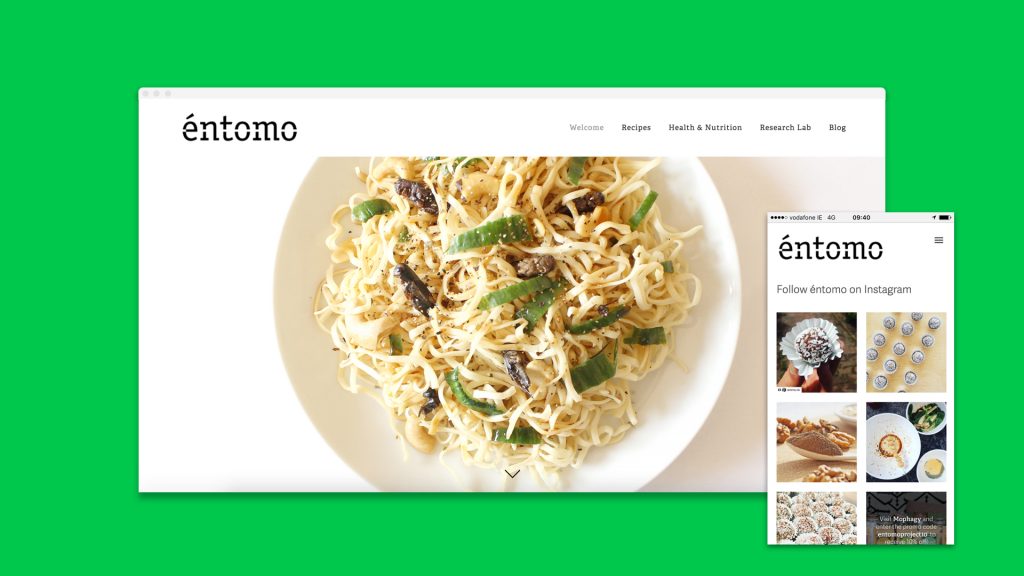
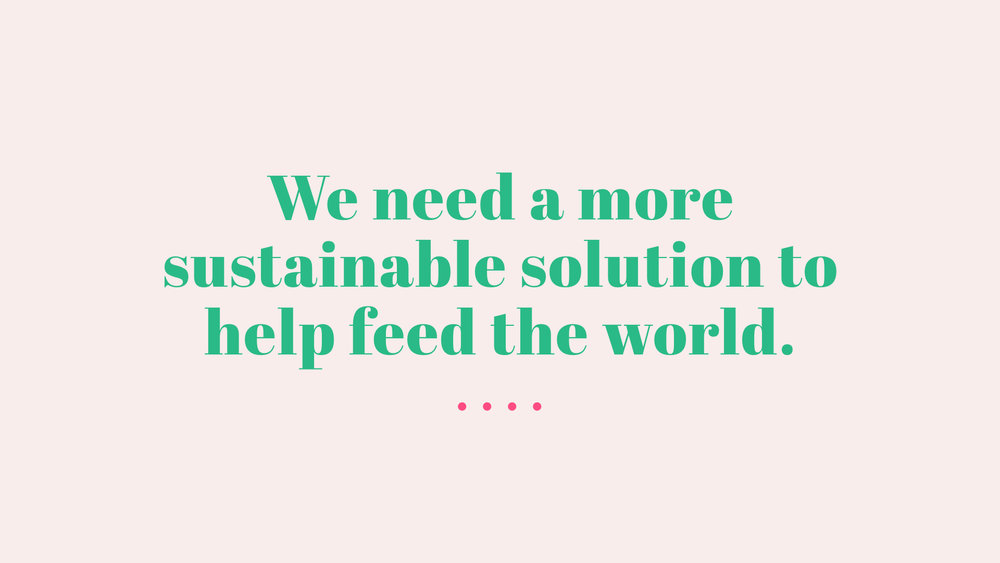
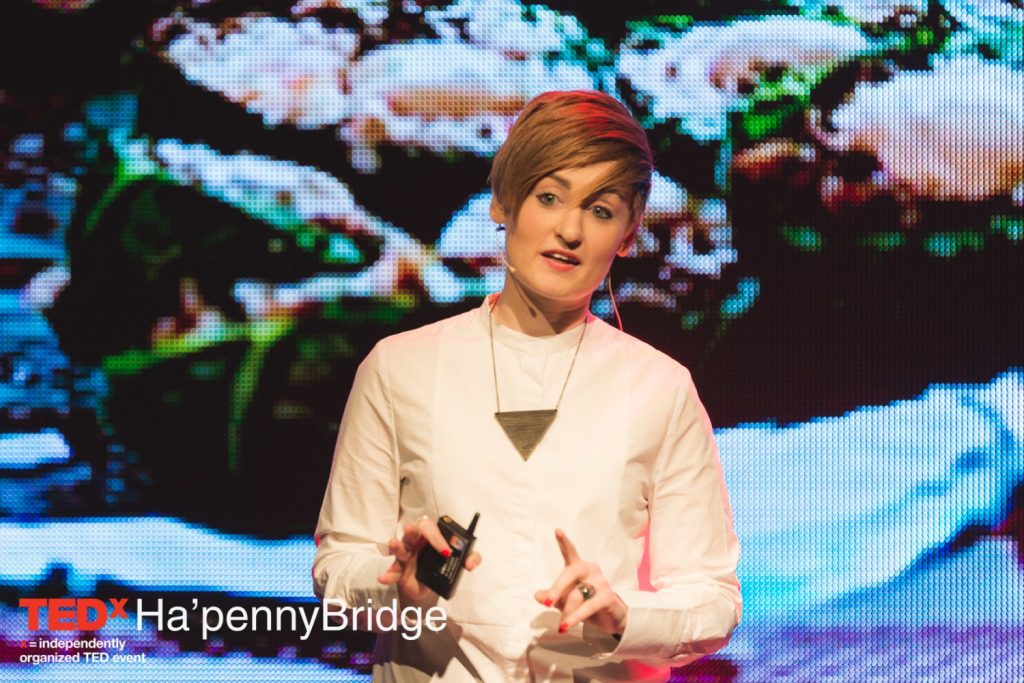
Where do you see your future?
If you asked me 5 years ago where I thought I’d be today, I would have probably said, ‘I’d like to have a job’. So where I’ll be in the future, in another 5 years or 10 years, I honestly don’t know. I don’t have a grand plan.
I definitely want to be a designer. I’m open to challenges and opportunities. I just want to do as much as I can. I want to see the world. Remote work and collaboration is trending right now, so maybe that’s what I’ll be doing.
